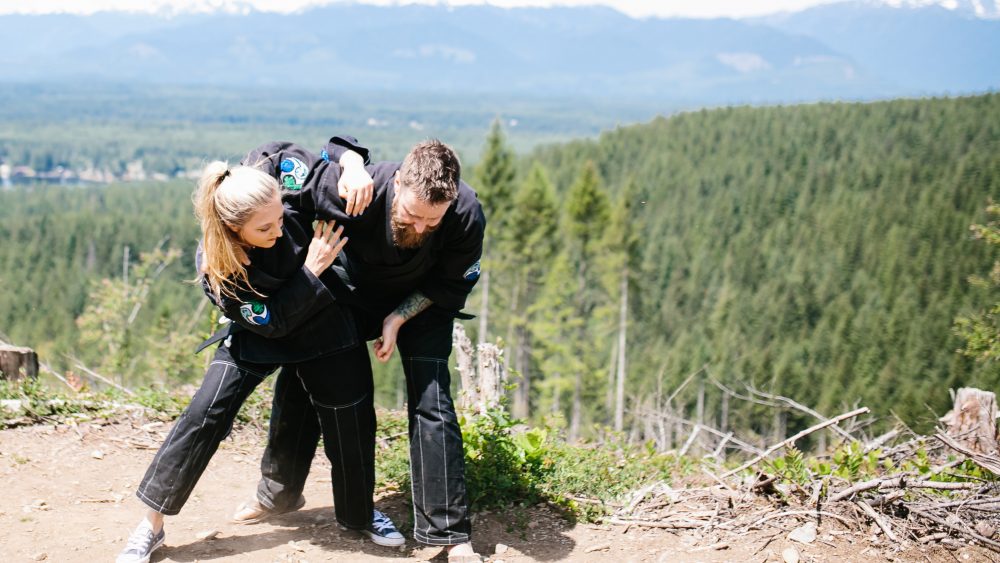In partner training, there are two people involved. There is a person working on the technical side of the form, and there is an attacker. This is a misunderstood thing in a lot of individuals martial arts practice. They think of the attacker as a wooden training dummy, Something to have a technique done to rather than a person who will experience a movement. This is key. When you are the attacker, you receive the technique. In Japanese the term is uke, literally the one who receives. Uke is learning to feel the technique, provide feedback to the person performing the technique, or nage the person throwing.
Being uke gives you the chance to look at the technique from an outside perspective, to feel it push and pull your body and begin to feel the shift of balance or kuzushi. This is the start of learning to counter technique. It’s also a good way to provide feedback to your partner, or aite about the gaps in their technique. If you are passively allowing technique to move you like a rag-doll you have no way of helping nage get better. It is paramount that all practice be done with active, engaged intention. Both parties learn more quickly, correctly and completely.
If you have questions about how to be a better training partner, talk to your instructor. Finding the right balance of rigidity, intention and flexibility takes as much practice as learning your throwing technique. Without it, your dojo will be full of empty, useless technique and your training partners will have no feel for the techniques they need to protect themselves.

